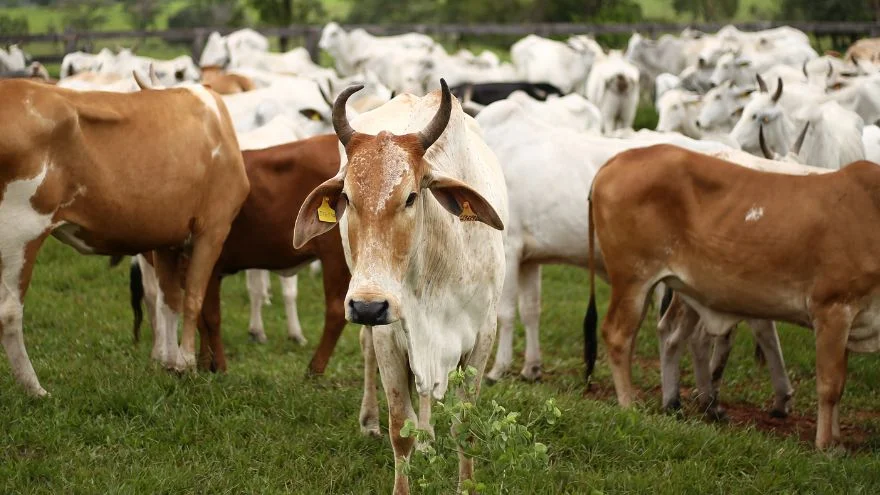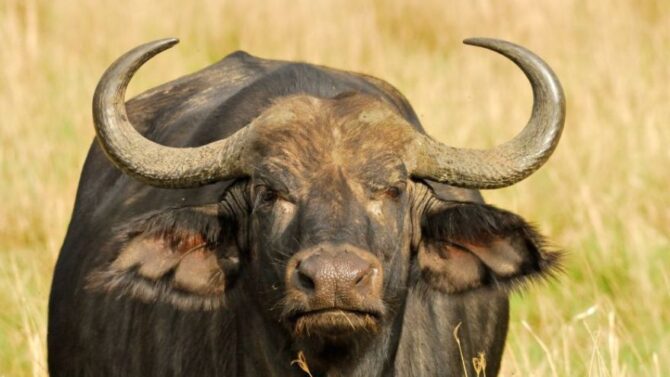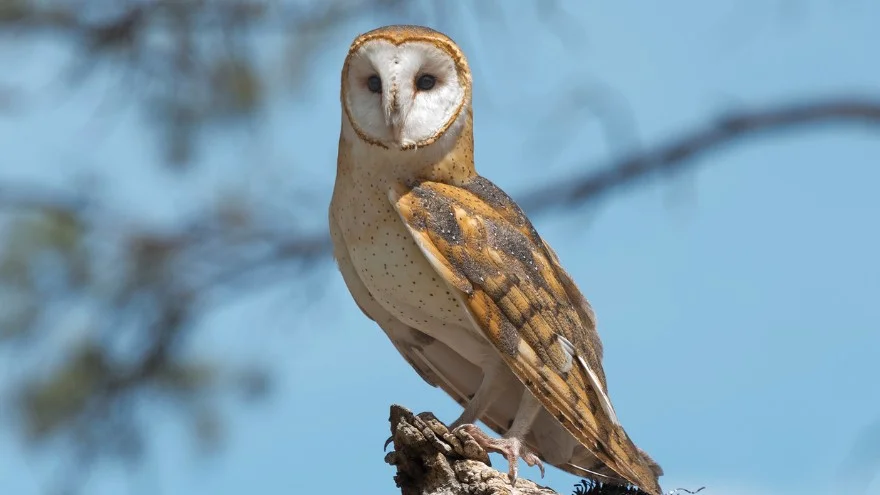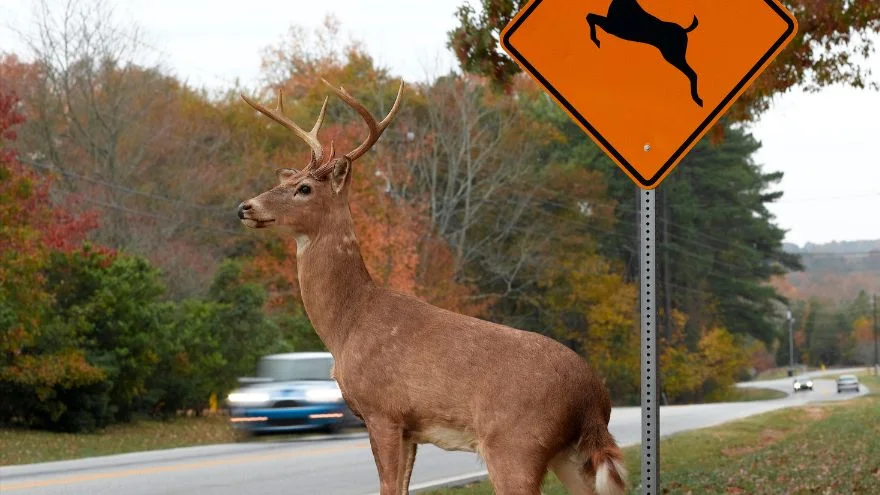The sandy beach and picturesque green landscape of Ireland welcome you.
Home to nature’s most exquisite locations, Ireland has a bubbling and thriving population of wildlife.
This wildlife, which piques everyone’s interest as they perfectly fit the alluring sight of the nation, is not entirely as welcoming as they look.
Some of the most dangerous animals in Ireland comprise jellyfish, bats with deadly pathogens, ferocious birds, territorial otters, and many other deadly creatures.
These creatures can easily make an amazing and fascinating time in Ireland a nightmare.
What are the Most Dangerous Animals in Ireland?
1. Cows
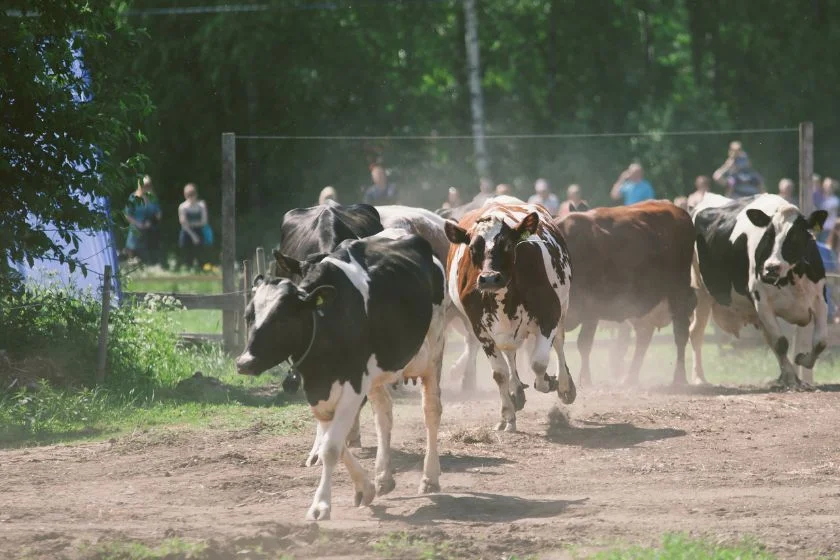
- Scientific Name: Bos taurus
- Classification: Mammal
- Habitat: Warmer tropical and subtropical waters
- Primary Diet: Herbivore
- Conservation Status: Least Concern
As odd as it may seem, cows pose the most danger and threat to humans in Ireland.
These domesticated creatures have managed to cause grievous injuries in the country far more than other dangerous creatures.
The cow is known to be tough and huge, and, in certain instances, violent.
With two large power horns and its large size, a well-developed cow can gore humans to death and cause devastating injuries.
In Ireland, that is the case. A study published in the Irish Medical Journal identified cow-related traumas to be the same as high-velocity traumas.
In one instance, a cow kicked a man and it resulted in a brain hemorrhage.
As the numbers have revealed, Ireland’s cows account for the most animal casualties and rank as one of the most dangerous animals in the country.
2. Jellyfish

- Scientific Name: Scyphozoa
- Classification: Medusozoa
- Habitat: Frigid attic water, pelagic and coastal regions of the ocean.
- Primary Diet: Carnivore
- Conservation Status: Least Concern
In the alluring turquoise waters of Ireland’s coast, jellyfish abound.
These creatures, which are an ever-present danger in oceans, get washed up on the shores and, in an unfortunate instance, can lead to confrontation with humans.
Despite how alluring and stunning the translucent jellyfish may look, they are not to be touched.
With tentacles as long as three meters, jellyfish deliver millions of nematocysts, a type of sting cell.
These nematocysts not only sting humans but also pierce the skin and inject venoms. The venoms in most jellyfish species do not result in harmful reactions in humans, but few species are exempt from this.
The danger jellyfish present is not limited to contact with its tentacles. Certain species of jellyfish release tiny cell balls when triggered, which sting everything in their path.
The sting of jellyfish, in certain instances, can result in excruciating pain and, in severe instances, death.
As you swim in Ireland waters, ensure no encounter is made with jellyfish as you endanger not only your life but those of other swimmers.
3. Northern Long-eared Owl
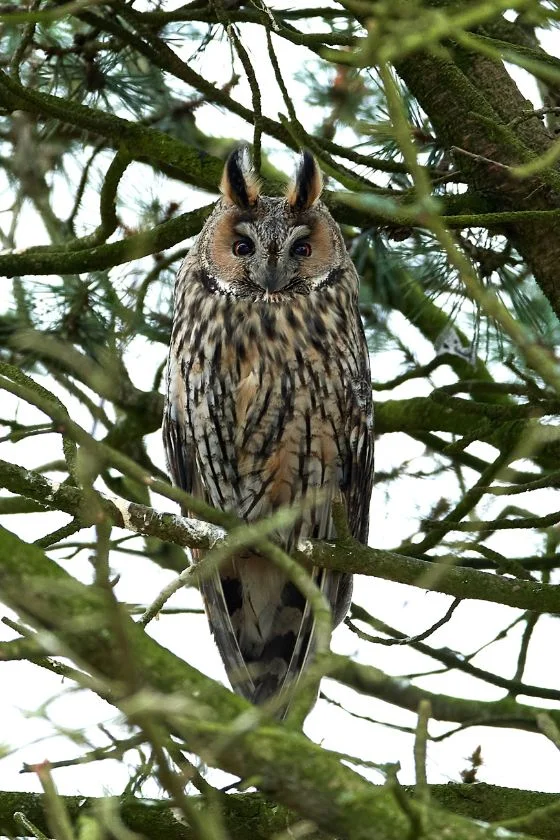
- Scientific Name: Asio otus
- Classification: Aves
- Habitat: Conifer grooves, Woodland
- Primary Diet: Carnivore
- Conservation Status: Least Concern
The Northern long-eared owl is one bird that will most likely pique your interest as you travel through Ireland.
These birds, known by several other names such as cat owl, lesser-horned owl, and long-eared owl, are predominantly migratory and may only be seen during certain times of the year.
While the sight of the long-eared owl no doubt interests you, one common mistake is to touch these birds.
While they may not attack, these owls are hosts to diverse pathogenic bacteria, which they pick up from their different travel destinations.
Transmission of these pathogenic bacteria from these birds to humans is as simple as touching them.
The transmitted pathogens can result in serious ailments in humans with extreme health complications.
4. Otter
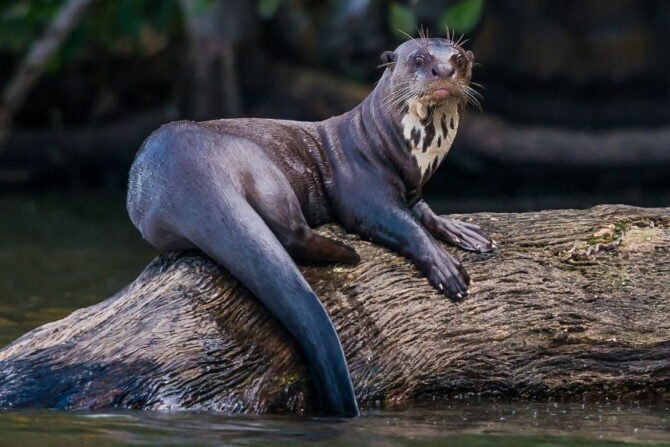
- Scientific Name: Luters
- Classification: Mammals
- Habitat: Marshes, lakes, ponds, estuaries
- Primary Diet: Carnivore
- Conservation Status: Least Concern
One of the most territorial creatures that call the estuaries of Ireland home, otters are abundant in Ireland.
These mammals present no threat to humans at first sight, but their territorial instincts move them to attack humans once they perceive them as threats.
Otters that exist in groups would attack any animal they perceive to invade their territories, and humans are not exempted.
The ferociousness of their attacks makes the mammals even more dangerous, as they attack en masse and can deliver some deadly injuries.
When they attack, they deliver sharp painful bites, which can cause deep cuts and bruises, and lead to infections capable of causing intense inconvenience for humans.
The viciousness of the attack is not limited to the bite itself but also the diseases bites from these creatures can cause.
5. Thornback Ray
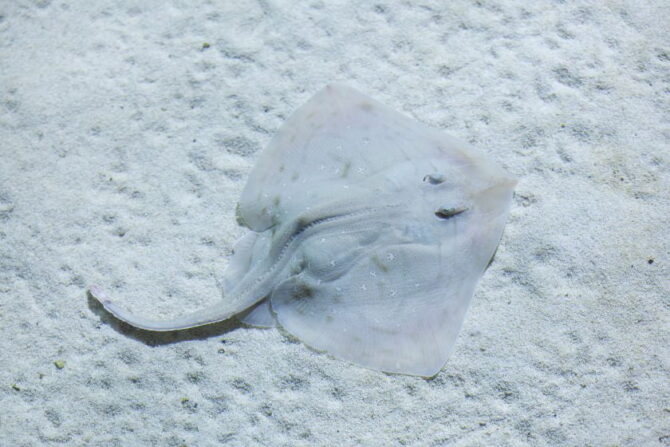
- Scientific Name: Raja clavata
- Classification: Chondrichthyes
- Habitat: Sea beds
- Primary Diet: Carnivore
- Conservation Status: Near Threatened
A docile resident of Ireland’s waters, the thornback ray is a ray fish species that are found in sea beds and poses a significant threat to divers and snorkelers.
The thornback ray has a diamond shape with spines with which it delivers deadly attacks on prey and threats.
The sharp spines of the thornback rays can pierce the skin of unsuspecting divers and snorkelers and, in extreme cases, pierce vital organs.
As you navigate the watery depths of Ireland’s water, be wary of the thornback ray.
6. Bats

- Scientific Name: Chiroptera
- Classification: Mammal
- Habitat: Rock crevices, mines, caves, trees,
- Primary Diet: Omnivore
- Conservation Status: Near Threatened
Ireland plays host to an array of bat species. These nocturnal mammals are in every part of the country but thrive mostly in areas with suitable habitats such as caves and trees.
Ordinarily, bats pose little threats to humans, but due to the fact that they play host to several bacteria capable of causing intense health complications in humans, avoiding contact with bats in Ireland is recommended.
The physiology of bats further makes them host to diseases such as rabies. Contact with bats would transmit such diseases.
7. Portuguese Man O’ War
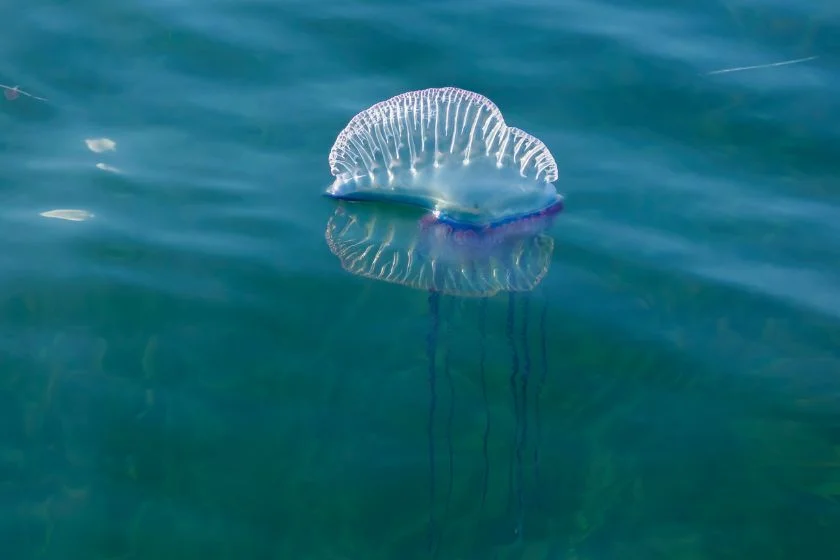
- Scientific Name: Physalia physalis
- Classification: Hydrozoa
- Habitat: Warmer tropical and subtropical waters
- Primary Diet: Carnivore
- Conservation Status: Least Concern
Another deadly animal found in the watery depths of Ireland’s ocean is the Portuguese man o’ war.
Though similar to a jellyfish, it bears no relation to the jellyfish, but the dangers it presents to divers and snorkelers match those of the jellyfish.
Its intimidating name is a perfect reflection of just how extreme its stings are.
With tentacles filled with microscopic nematocysts, the Portuguese man o’ war delivers a terrible and sharp sting that is enough to kill prey and paralyze humans.
The sting of this animal not only causes pain but also injects venoms into the body, which leads to complications such as cardiac arrest, allergic reactions, breathing problems, airway blockage, and swelling of the larynx.
In severe cases, stings of this deadly sea creature have led to death.
While you avoid the Portuguese man o’ war, detached tentacles of the creature and even dead Portuguese man o’ war can sting as well as a live Portuguese man o’ war.
Hence total avoidance of this creature is recommended.
Ireland Wildlife Safety Tips
Avoid Areas Occupied by Animals
Animals are unpredictable and react based on how they feel; hence it is rude to intrude on areas habited by animals. Observe animals from a safe distance.
Never swim or intrude into animal spaces as they may be territorial and attack fiercely.
Do not feed Animals
Feeding animals or carrying food in areas populated by animals would bring undue attention to you.
Due to the unpredictable nature of these animals, they may attack or nip you as they struggle for the food you are offering or carrying.
Never Swim or Dive Alone
The depths of Ireland’s water are filled with dangerous creatures.
While you may try to avoid these creatures, certain nematocysts released by animals such as jellyfish can make contact with unsuspecting divers or swimmers leaving them in need of assistance for first aid.
Swimming with a group or a partner would see affected swimmers receive life-saving assistance immediately.
Research Local Wildlife
Before swimming or hiking through waters and territories in Ireland, do your research to know exactly what and areas to avoid.
This would be helpful in avoiding intruding in territories occupied by territorial and ferocious animals.
Frequently Asked Questions
Does Ireland have any large predators?
Though Ireland was once home to predators such as wolves, they are no longer in Ireland, and with their demise, the country became free of any large predators.
Ireland thus boasts of a thriving population of animals such as deer, which are left uncontrolled due to the absence of predators.
Are there big cats in Ireland?
No evidence points to the presence of big cats in Ireland. As recently as 2018, there were rumors in the European Islands of sightings of a mountain Lion in the Cork area of the country.
This rumor was further fueled by the increased killing of livestock in Cork.
However, cameras and traps set up by the Cork Society for the Prevention of Cruelty to Animals revealed no evidence of the presence of a mountain Lion.
Are there Sharks in Ireland?
About thirty-five species of shark have been seen in Irish waters. Of these sharks, the most notable are the basking shark, which is the second largest shark in the world, the porbeagle shark, and the blue shark. Most of these species are harmless to humans.
Conclusion
The Emerald Island is one of the diverse locations on the planet that boasts of a thriving ecosystem for animals.
The listed most dangerous animals in Ireland listed above can be quite aggressive and, if threatened, will turn on people.
As you take in the amazing scenery of Ireland, do apply appropriate limits as you interact with wildlife, one of nature’s gifts to us.
Next Up…
Discover the most dangerous animals in Europe:
